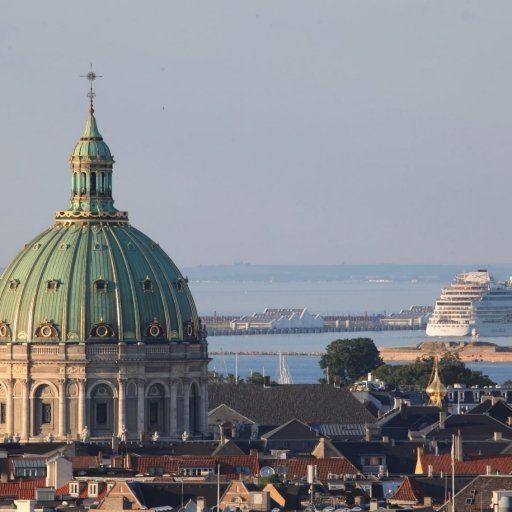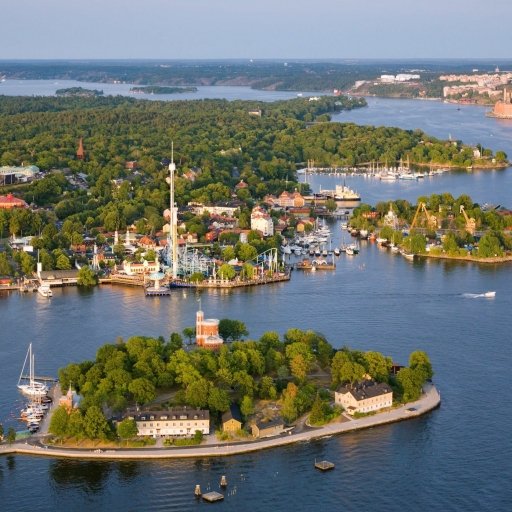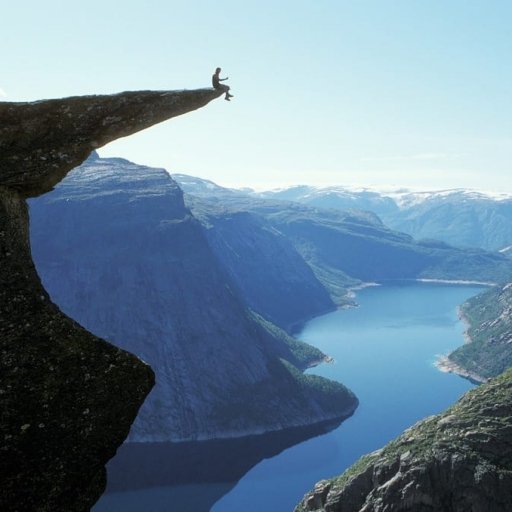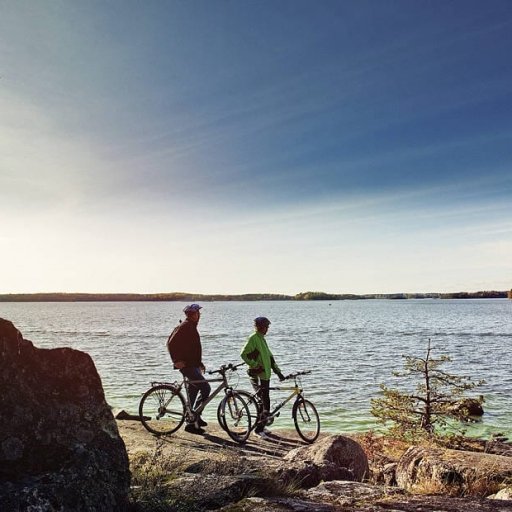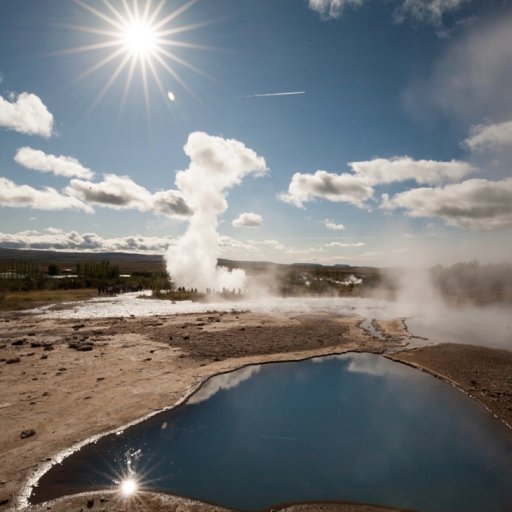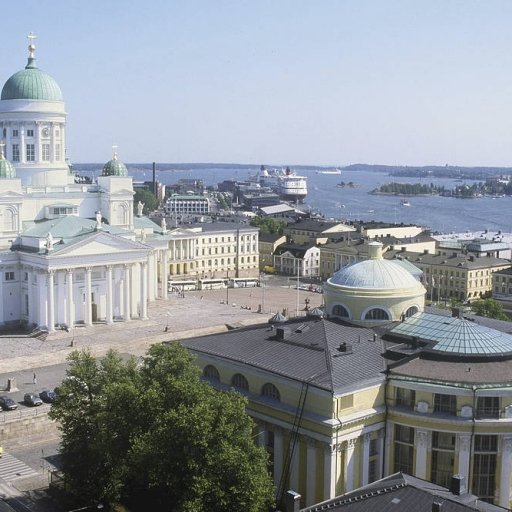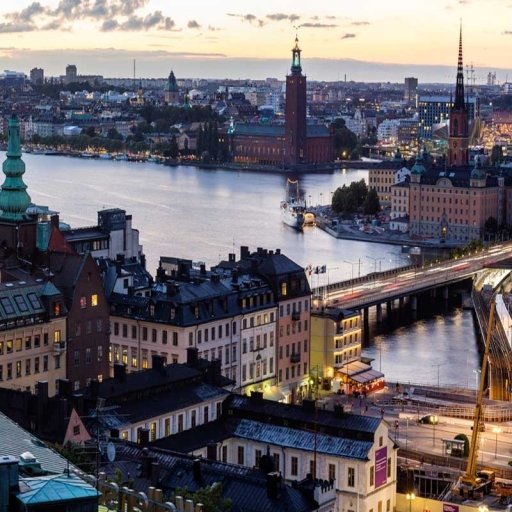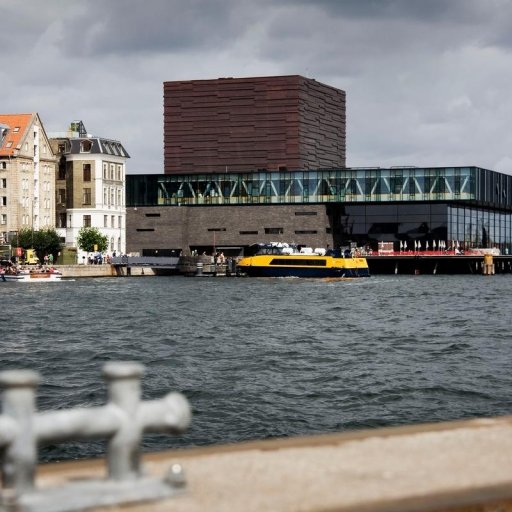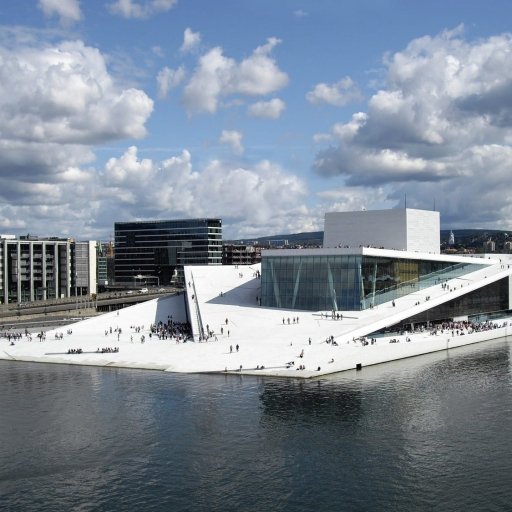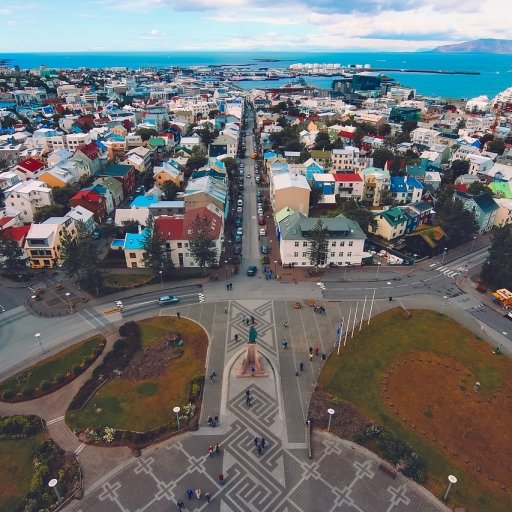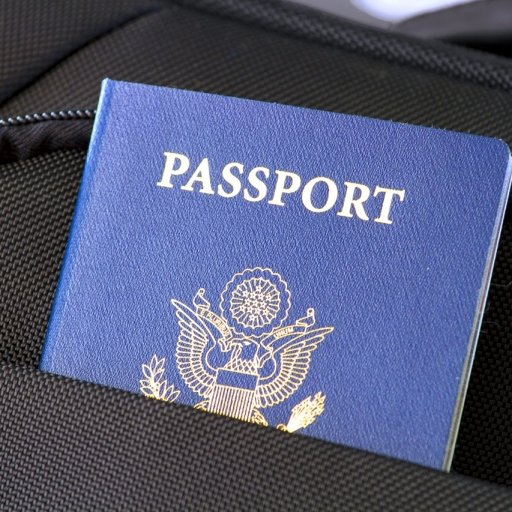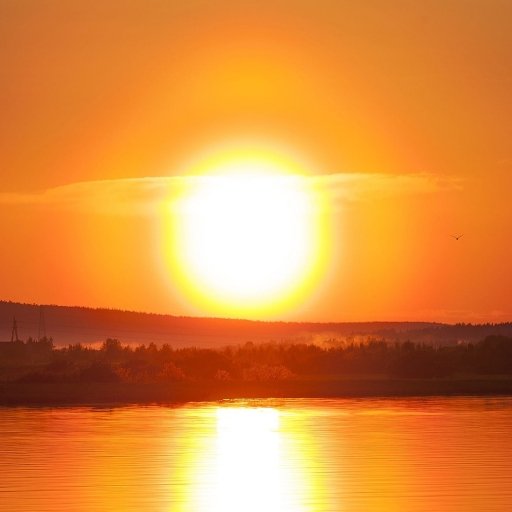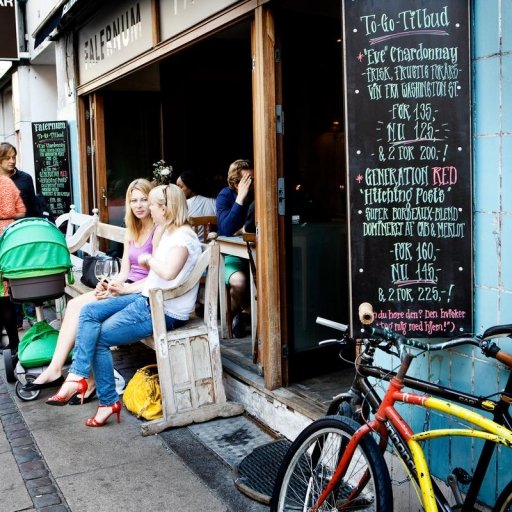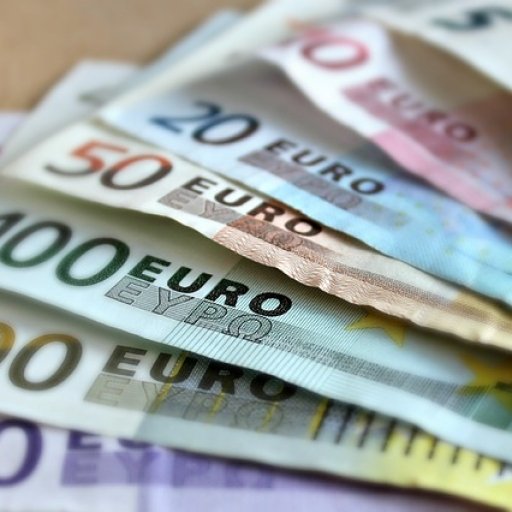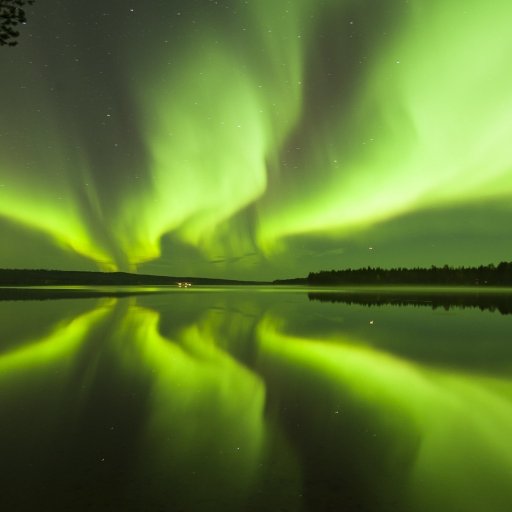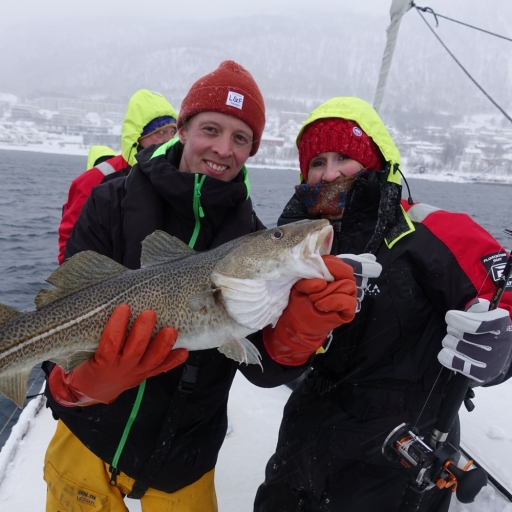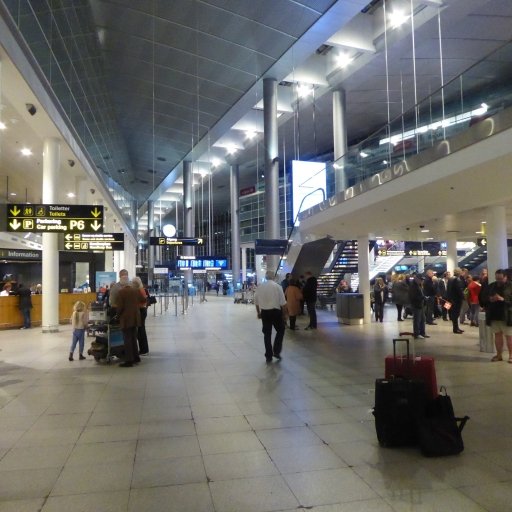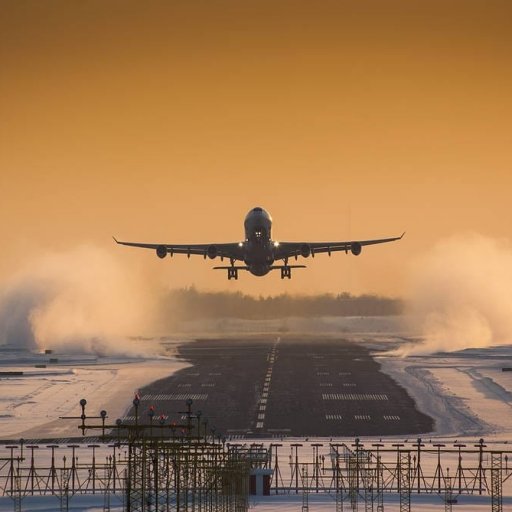FAQ - the Nordic countries
Here some of the most common questions about the Nordic countries.
What are the Nordic countries?
The Nordic countries consist of Norway, Denmark, Sweden, Finland, Iceland, as well as the Faroe Islands, Greenland and the Åland Islands.
What is the difference between the Nordic countries and Scandinavia?
Scandinavia consists only the three countries Denmark, Sweden and Norway. The Nordic region covers all the countries mentioned above.
Why visiting the Nordic countries?
One of the best arguments for visiting the Nordic countries must be the amazing nature you can find here across the entire Nordic region. Just to mention the dramatic Norwegian Fjords, the Icelandic volcanoes, glaciers and waterfalls, the Swedish archipelagoes, the Finnish lakes and the beautiful beaches in Denmark.
You find adventures in the Northern part of the region as dog sledding and whale watching but also attractions showing the long history as the many old royal castles as the Kronborg Hamlet Castle in Denmark.
What are the top attractions in the Nordic countries?
It is impossible to list all the fantastic highlights in the Nordic region here, but here some we can recommend:
Cities: Copenhagen, Helsinki, Stockholm, Aarhus, Odense, Oslo, Bergen, Tromsø, Reykjavik
Special seasonal phenomena: The Northern Lights in the winter and the Midnight Sun in summer
Unique nature attractions:
The Norwegian Fjords, the archipelagos in Sweden, the beaches in Denmark, glaciers and volcanoes in Iceland, Icebergs and the ice sheet in Greenland, the 1000 lakes in Finland.
Most famous Norwegian Fjords: Sognefjord, Geirangerfjord, Hardangerfjord, Lysefjorden
Spectacular waterfalls: Voringsfossen and Seven Sisters in Geirangerfjord (Norway) and Gullfoss, Dettifoss and Seljalandsfoss (Iceland)
Scenic self-drives: Trollstigen and Eagle Road in Norway, The Golden Circle and Ring Road in Iceland, around Lake Vänern and the Dalarna province in Sweden.
Amazing Railways: Bergen Railway, Flåm Railway in Norway, Stockholm to Gothenburg in Sweden.
Cruises:
Overnight ferries from Stockholm to Helsinki and Copenhagen to Oslo. Coastal cruises in Greenland. Hurtigruten coastal voyages in Norway.
Historical sites and landmarks: Temppeliaukio Church in Helsinki, Royal Palace in Stockholm, Akershus Fortress in Oslo, Amalienborg Palace and The Little Mermaid in Copenhagen.
Museums: Vasa Museum in Stockholm, National Museum of Denmark in Copenhagen, Viking Ship Museum in Oslo, Settlement Exhibition in Reykjavik
What is Nordic "hygge"?
"Hygge" is best described as a feeling of comfort and contentment that you get when doing cosy things, like snuggling up in front of a fireplace or having a nice meal with candle lights.
When is it the best time to travel to the Nordic countries?
Sweden
In the Summer June, July and August, the days are mild and long. In May and September, it can be colder, but still beautiful weather and if you lucky quite good weather. In late November and December, there are beautiful Christmas markets. In the Winter month, the weather can be quite cold, and often it will snow or rain, but you can enjoy all the winter sports activities in Sweden, and watch the Northern Lights in the northern part of Sweden.
Norway
From January to April, you find the world`s best cross-country skiing possibilities in Norway. June to September is best for hiking, biking and sightseeing with you will here have days 18- 24 hours of daylight. In the winter it is more dark and cold, but it is time for the winter activities as the Northern Lights and skiing.
Denmark
From April to September the weather is good and the days are long enough to enjoy all the beautiful attractions and activities you can see and do here.
From Mid-November to February the weather can be both cold but also quite nice with 5-8 C. It depends if the weather is coming from the East or the West. If it from the East the winter months is quite cold in Denmark, but it is coming from the West.
Finland
In May to August the weather in Finland is quite warm and it the time to watch the Midnight Sun. Winter is cold with snow, and in late January you can go for the many outdoor activities like skiing. From September to April it is time for watching the Northern Lights in the northern part of Finland.
Do I need a visa to visit the Nordic countries?
Denmark, Finland, Iceland, Norway and Sweden are all part of the Schengen area, and a valid passport is required to enter the region. Most Western nationals do not need a tourist visa for stays of less than three months. A Schengen visa can be obtained by applying to an embassy or consulate of any country in the Schengen area.
Read here more about visa to:
From the U.S, Canada, Australia and New Zealand:
Travelling with a valid passport entitles you to a three-month stay in the Nordic countries, and a visa is not needed.
Do I need an International Driver's License?
An EU driving license is acceptable for driving the Nordic countries. If you have any other type of license, you should check your motoring organisation before you leave.
From U.S and Canada:
American or Canadian Driver's License is valid for driving for up to three months.
What currency do they use in the Nordic countries?
Norway
The currency is the Norwegian Kroner (NOK). Banknotes are available in denominations of 50, 100, 200, 500 and 1000 kroner. The coins are in 1,5, 10 and 20 kroner. Visa credit cards accepted in most places in Norway. At restaurants and for local handcraft you might only be able to pay with cash, so we recommend you to have some money on you.
Denmark
The currency is the Danish krone (DKK). Banknotes are available In denominations of 50, 100, 200, 500 and 1000 kroner. The Danish krone is divided into 100 øre, and coins come in denominations of 50 øre, and 1,2,5, 10 and 20 kroner. Visa credit cards are accepted in most places in Denmark. At restaurants and for local handcraft you might only be able to pay with cash, so we recommend you to have cash on you.
In Greenland, they also have Danish kroner.
Iceland
The currency in Iceland is the Icelandic Krona (ISK). Notes are available in denominations of 500, 1000, 2000, 5000 and 10000 ISK. The coins are in 1, 5, 10, 50 and 100 ISK. Visa credit cards are accepted in Iceland.
Sweden
The currency in Sweden is the Krona (SEK). Banknotes are available in 20, 50, 100, 500 and 1000 SEK. Coins come in denominations of 1, 5, and 10 Krona Visa credit cards are accepted in most places in Sweden At restaurants, and for local handicraft, you might only be able to pay with cash, so we recommend you to have cash on you.
Finland
The currency in Finland is Euro as the country is part of the Eurozone. Banknotes are available in the values of 5, 10, 20, 50, 100, 200 and 500 Euro. Major credit cards are accepted. At restaurants and for local handcraft you might only be able to pay with cash, so we recommend you to have cash on you.
What are the Northern Lights?
The Northern Lights occur when highly charged electrons, coming from the solar wind collide with atmospheric elements in the area around the North Pole. It is also called ”Aurora Borealis” named after a Roman goddess of dawn.
When is it the best time to see the Northern Lights?
As with many natural phenomena, the Northern Lights are unpredictable It is possible to see it all year round, but in the summer (April – August) the sun makes the Northern Lights invisible, because to much daylight. You then have the best opportunity of seeing the Northern Lights from September to April, but the best chance to watch it is when it is mostly dark in the Nordic countries, and it is from January to March.
Where is it possible to watch the Northern Lights?
In the Nordic countries, it is possible to discover the Northern Lights in Norway, Sweden, Finland, Iceland and Greenland. Discover here where to watch the Northern Lights
What is New Nordic Cuisine?
In the capital cities in the Nordic countries, you find both old historic buildings and new modern architecture. Here you also find restaurants which are famous for their innovative cuisine called the New Nordic Cuisine.
In the Nordic countries, you find one of the best restaurants in the world - here to mention the NOMA restaurant in Copenhagen.
What to pack for the Nordic countries?
What to pack before you are traveling to the Nordic countries is very depending on the season. It is because of the weather and the temperature changing during the different months during the year.
Get to know more what to pack for travelling to the Nordic countries.
What do the hotel stars mean?
In general, more star means a better hotel, but there is no international standard for allocating them. Several countries have joined the Hotel Stars Classification standard, and all countries also have their national classification.
Get here information about what`s behind the stars in the different Nordic countries
